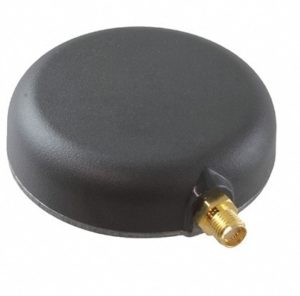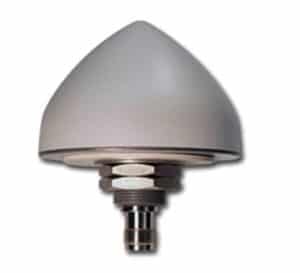The National Academies of Science, Engineering, and Medicine (NASEM) held an online public briefing on Friday, September 9, 2022, to present the findings of their Ligado interference study in collaboration with the Department of Defense (DOD).
Made available simultaneously at the National Academies Press, the findings explained the likelihood of harmful interference from the authorized use of radio frequency spectrum bands by Ligado Networks near those used by GPS.

The Federal Communications Commission’s Controversial Decision
The FCC’s decision to allow Ligado Networks to operate a forthcoming on-land network at signals near GPS sparked controversy upon its announcement it in early 2020 due to its potential to interfere with GPS receivers. The high gain Ligado LTE network has the potential to overpower GNSS signals despite not overlapping with GNSS frequencies. The Executive Branch, alongside other industry groups, posted formal objections and requested permission reversal.
May 2020 saw seven separate Petitions for Reconsideration filed to the Federal Communications Commission from various companies, including:
- Resilient Navigation and Timing Foundation
- National Telecommunications and Information Administration
- The Air Line Pilots Association, International
- Association of Equipment Manufacturers
- International Air Transport Association
- Iridium Communications
- Lockheed Martin
And yet, all remain unacted upon.
The Department of Defense and NASEM’s Examination
Due to the uproar, the 2021 National Defense Authorization Act called for the DOD and NASEM to work together to examine the problem. They began 12 months ago when they announced their study team.
NASEM stated that the examination would review order FCC 20-48, which granted Ligado Networks the right to start a terrestrial radio network close to the GPS frequency band. As a team, the DOD and NASEM would agree on how to evaluate potential harmful interference and the feasibility of the mitigation measures proposed by the FCC.
Since the announcement, the study committee has met regularly and heard from various industry and interest groups on both sides of the matter. In addition, videos and other materials were presented to the group by all involved, with public sections of the meeting made available online.

The Predicted Study Results
After looking at previous reports from NASEM, some individuals predicted the results wouldn’t sway in favor of either side. An anonymous stakeholder suggested they’ll find assertions on both sides, causing the dispute to continue.
The Actual Study Results
As keen observers suggested, the report seems to balance both parties’ arguments reasonably well.
It suggests that the proposed terrestrial satellite won’t cause most commercial navigation, timing, or cellular applications detrimental interference.
However, a few high-precision receivers, like those used for geodesy and farming, sold before 2012 could suffer severe impacts. On top of that, mobile services used by the DOD could experience significant harmful interference under specific conditions.
As for mitigation, the report finds neither approach offered by the FCC effective. Instead, it suggests a collaborative process between the FCC and NTIA to rectify the frequency problems.
Industry efforts to mitigate these signals effectively are well underway. One player making such efforts is Tallysman Wireless, who began implementing eXtended Filter technology into their GNSS antennas. These filters are designed to mitigate near-band interference from not only Ligado but other LTE services as well as near-band interference from various other sources.
While Ligado may not proceed as planned, many other sources of near-band and in-band interference exist and are forthcoming. The reality of jamming and interference is top of mind for many major players in the GNSS industry and technology to detect and mitigate jamming is being rapidly developed and improved in the interest of maintaining robust and reliable GNSS infrastructure around the world.